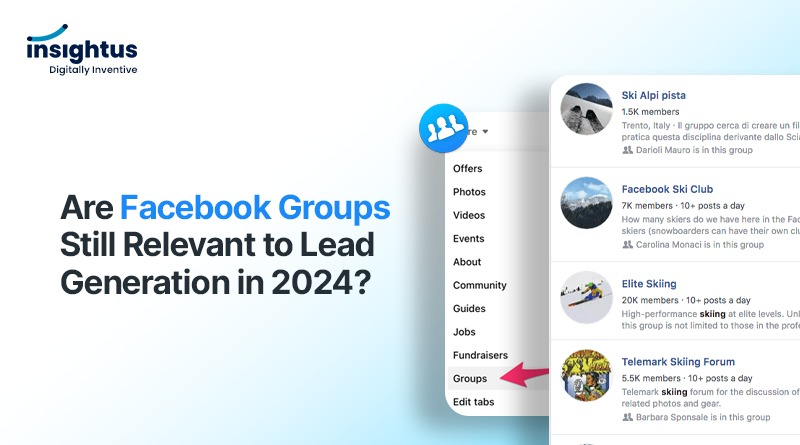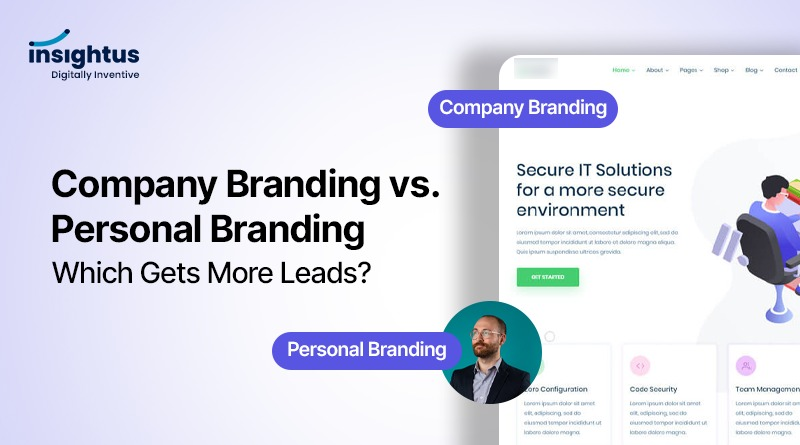Today, as businesses increasingly focus on lead generation to drive growth, the question arises: Are Facebook Groups still effective for generating leads in 2024? Lead generation lies at the heart of modern marketing strategies. It involves identifying and nurturing potential customers, guiding them through the sales funnel, and converting them into paying customers. Effective lead generation not only boosts sales but also helps in building long-term relationships with customers, thereby fostering brand loyalty. This blog aims to delve into the current relevance of Facebook Groups as a lead-generation tool in 2024. We’ll explore how Facebook Groups have evolved, their role in fostering community and engagement, and provide actionable tips for marketers to effectively leverage Groups for generating leads. Section: 01 Advantages of Using Facebook Groups Facebook Groups are thriving communities where like-minded individuals come together to discuss topics of mutual interest, share experiences, and seek advice. Unlike traditional marketing channels that often feel one-sided, Groups facilitate genuine conversations and interactions among members. The Advantages of Using Facebook Groups for Lead Generation Targeted Audience Segmentation : Enhanced Interaction and Trust-Building Unlike traditional advertising where brands push messages outward, Groups enable brands to engage in meaningful conversations and build relationships: Section 2: Current Trends in Lead Generation Using Facebook Groups As of 2024, marketers are continuously finding innovative ways to leverage these Groups to drive engagement and convert members into leads. Burning Problems & Data Marketers face several burning problems when it comes to lead generation: Recent data highlights these challenges: Despite these challenges, Facebook Groups offer a unique solution by fostering genuine, community-driven interactions. Case Studies and Success Stories from 2023 and 2024 1. Case Study: Health and Wellness Group In 2023, a health and wellness brand, “Healthy Living Co.,” leveraged Facebook Groups to create a thriving community focused on fitness and nutrition. They launched the group “Healthy Habits Community” and regularly posted valuable content like workout routines, healthy recipes, and wellness tips. Results: 2. Case Study: Technology and Gadgets Enthusiasts A tech startup, “Gadget Geek,” created a Facebook Group called “Tech Trends & Innovations” in early 2024. They focused on sharing the latest gadget news, reviews, and industry insights. Results: Section 3: Tips for Effective Lead Generation in Facebook Groups According to a recent study, 78% of marketers who use social media for lead generation consider Facebook Groups a critical part of their strategy. These groups offer a unique opportunity to connect with potential leads in a more personal and engaging way. Tip 1: Choose the Right Group Choosing the right Facebook Group is crucial for successful lead generation. Here’s how you can do it: Tip 2: Engage Authentically Authentic engagement is key to building trust and generating leads. Here’s what you should do: Tip 3: Use Group Features Facebook Groups offer various features that can enhance your lead generation efforts: Tip 4: Consistency and Persistence Consistency and persistence are vital for maintaining your presence in a Facebook Group: Tip 5: Utilize Insights and Analytics Facebook provides valuable insights and analytics for group admins: Section 4: Challenges and Considerations Marketing within Facebook Groups can be a highly effective strategy, but it comes with its own set of challenges. According to a recent survey, 60% of marketers reported facing significant hurdles when trying to generate leads through Facebook Groups. Here are some of the most common challenges: Managing Spam and Maintaining Group Quality Spam can significantly undermine the quality of a Facebook Group, driving members away and reducing engagement. Here are some strategies to manage spam and maintain group quality: Conclusion :In 2024, over 1.8 billion people use Facebook Groups every month, highlighting their continued relevance and potential for lead generation. These groups provide a unique opportunity to connect with a highly engaged and targeted audience, making them an effective tool for marketers. By choosing the right groups, engaging authentically, leveraging group features, maintaining consistency, and utilizing insights, businesses can successfully generate leads through Facebook Groups. While challenges like spam management and maintaining group quality exist, the benefits far outweigh the drawbacks.











